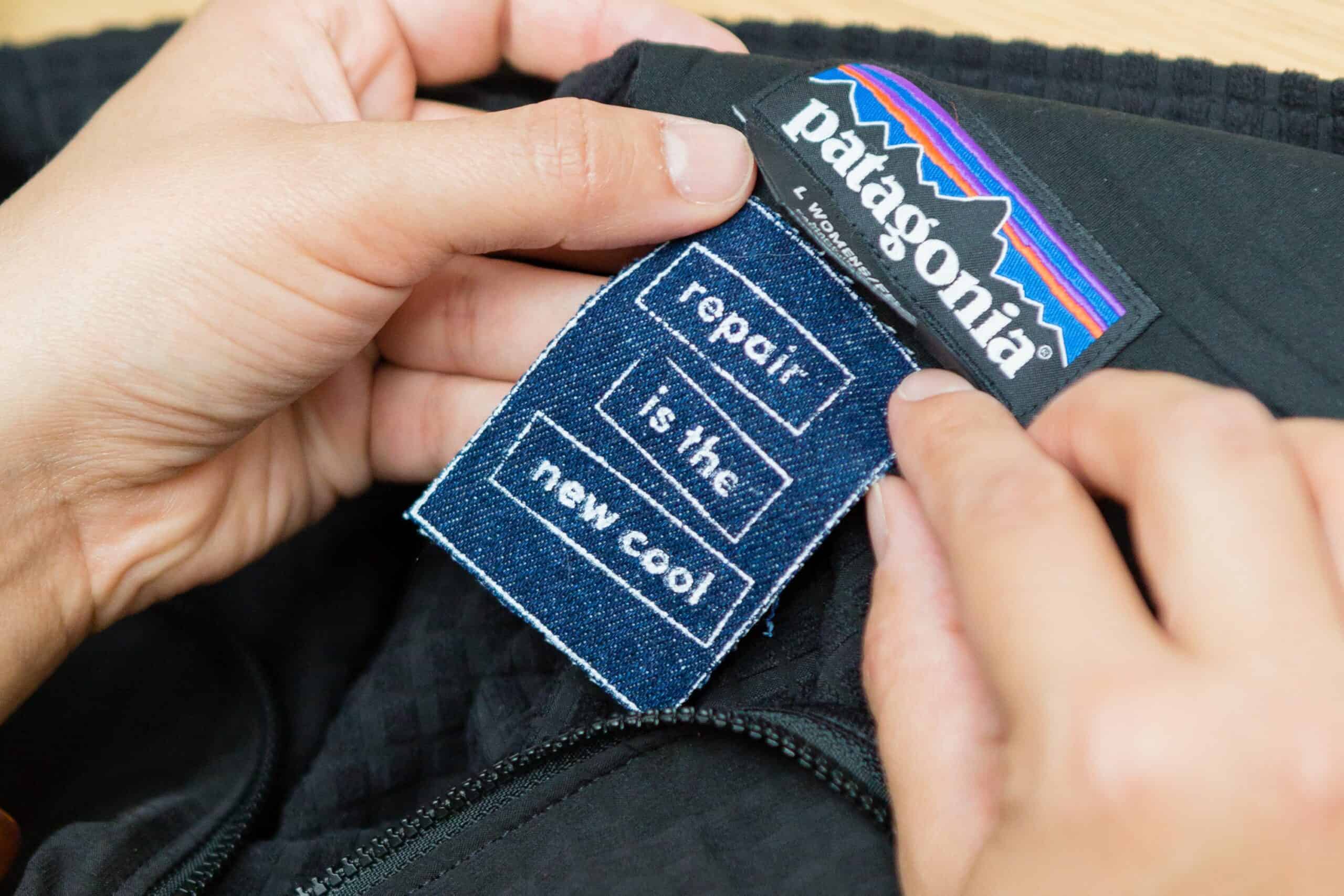
By: Thurkkha Thayalalingam
Certified B Corporations, or B Corps, are businesses that are global leaders in sustainability and support an ‘inclusive, equitable and regenerative economy’ (B Corporations). B Corps demonstrate high standards in social and environmental performance, accountability and transparency. By becoming a B Corp, businesses are able to build a positive relationship based on trust with their consumers, employees, communities, and suppliers. Keep reading to learn about some B Corps that you may have heard about before!
Patagonia is one of the most well-known B Corps, known for its stellar sustainability reputation. Some of their initiatives and accomplishments regarding social responsibility include a Regenerative Organic Certified Cotton program, participation in the Fair-Trade program, membership in the Fair Labor Association, supporting migrant workers, and responsible purchasing practices. 100 per cent of the down used in Patagonia products is responsibly sourced, and 100 per cent of cotton has been organically grown. Patagonia also lists all of the materials they use for their products including details on why it is used and its impact on the environment.
You may recall Patagonia being in the news in the fall of 2022. This was because its founder, Yvon Choinard, sold the company to “the planet”. What this meant was that the entirety of the company’s profits would be used to combat the climate crisis and conserve natural land. As an organization rooted in environmental activism before profits, Choinard hopes that this will motivate other billionaires and major corporations to make more impactful contributions to making the world a better place.
Pela has an overarching goal to create a waste-free future. They do this by creating “everyday products without everyday waste”. The organization operates on four core values: Community, Creativity, Consciousness and Courage. Pela has two primary product streams: Pela Case and lomi. Pela makes fully compostable phone cases that produce 80 per cent less waste, 30 per cent less carbon emissions and use 34 per cent less water than conventional plastic. The Pela 360 program also allows consumers to send back their old cases to Pela to be upcycled or recycled, preventing more plastic from ending up in landfills. On the other hand, Lomi is a portable countertop composter that can convert organic food waste into compost that can then be used for gardening. Diverting food waste from landfill and avoiding methane emissions, Lomi has a net positive impact on the environment!
Pela also strives to be transparent with its operations, showing both their direct and indirect carbon emissions to the public. The organization is also Climate Neutral Certified, offsetting their carbon footprint through carbon credits.
Ben & Jerry’s is an American ice cream company that supports a variety of social issues. Since 2014, every ingredient was Fairtrade Certified in both Europe and the United States. Ben & Jerry’s has also made a set of climate targets approved by the Science Based Targets Initiative that include 100 percent renewable energy and 40 per cent greenhouse gas intensity reduction by 2025.
The organization has been using Forest Stewardship Council (FSC) certified paperboard packaging since 2009. This paperboard comes from forests managed according to a set of strict forest sustainability criteria. Ben & Jerry’s also has an ongoing partnership with Canopy’s Pack4Good Initiative to ensure that sourcing of packaging does not come from Ancient and Endangered Forests across the supply chain. As ice cream does need to be kept frozen, there is a significant energy cost associated with the manufacturing and sale of Ben & Jerry’s products. As such, the organization has been using commercial grade hydrocarbon freezers across the U.S. These hydrocarbon freezers are more energy-efficient and have a lower global warming potential than traditional freezers. By integrating solutions to environmental issues into their daily operations and processes Ben & Jerry’s hopes to support positive change and achieve their climate targets.
Full Directory of Certified B Corps: https://www.bcorporation.net/en-us/find-a-b-corp/




